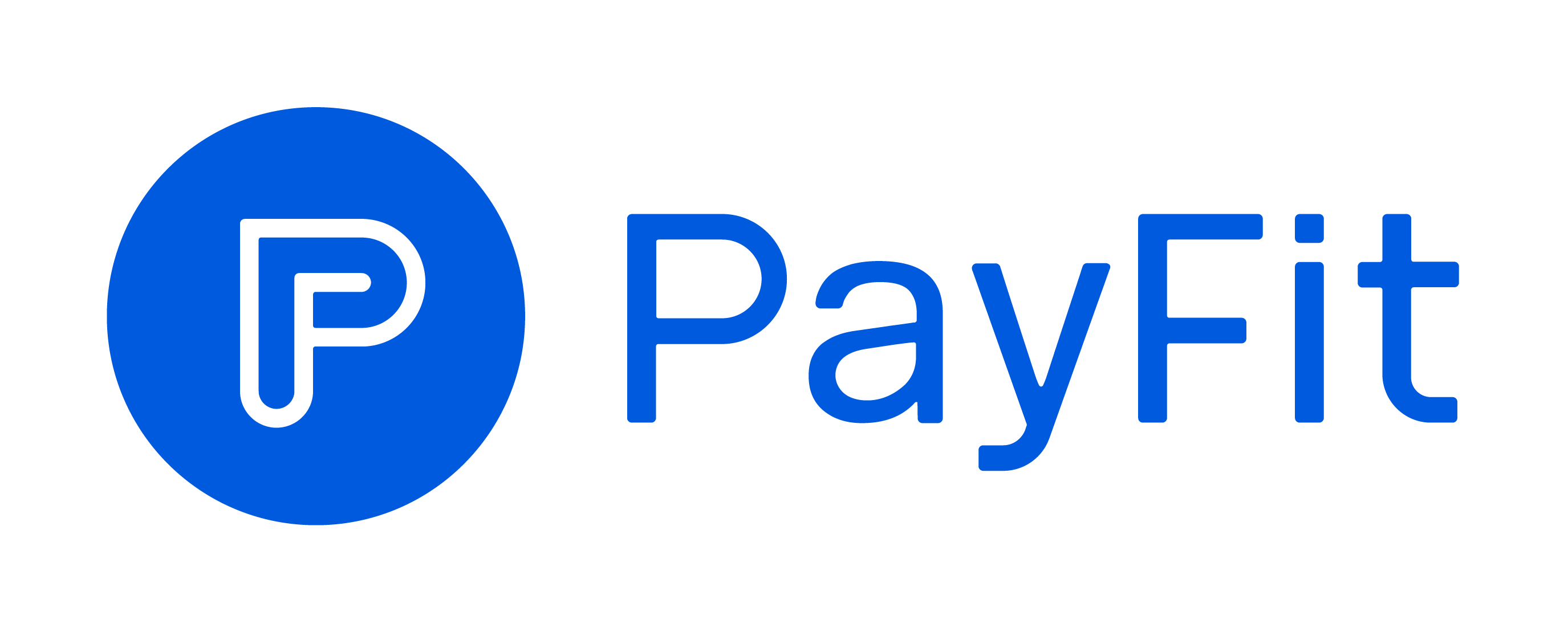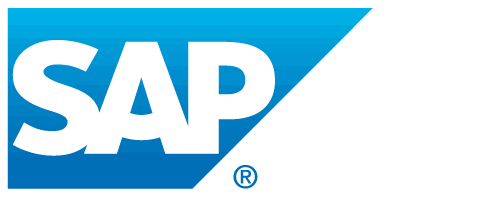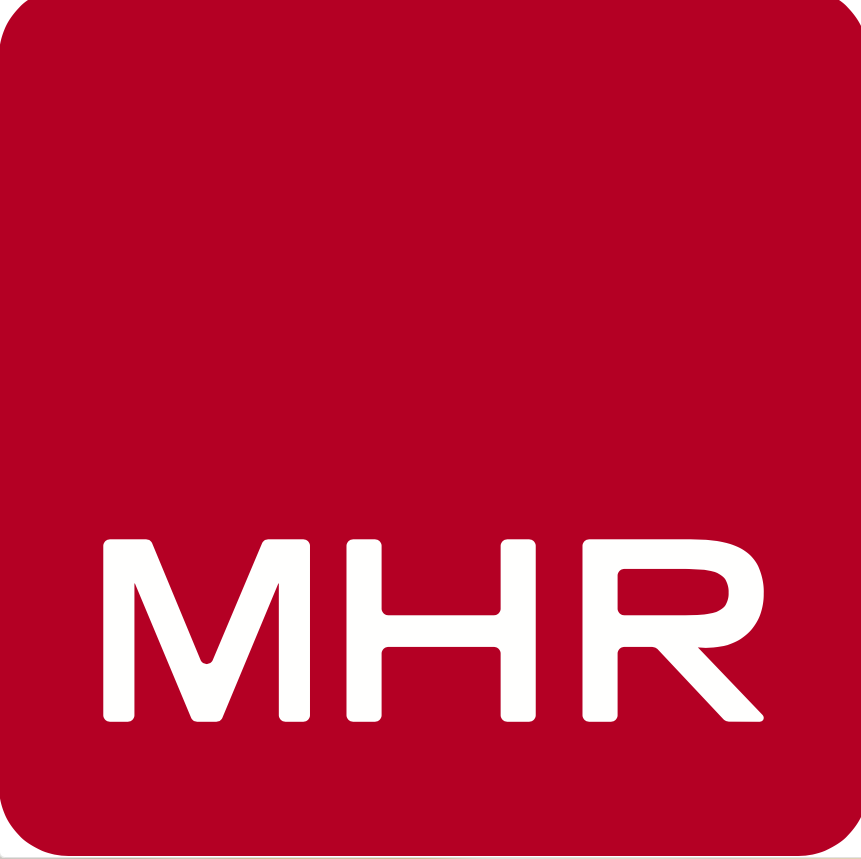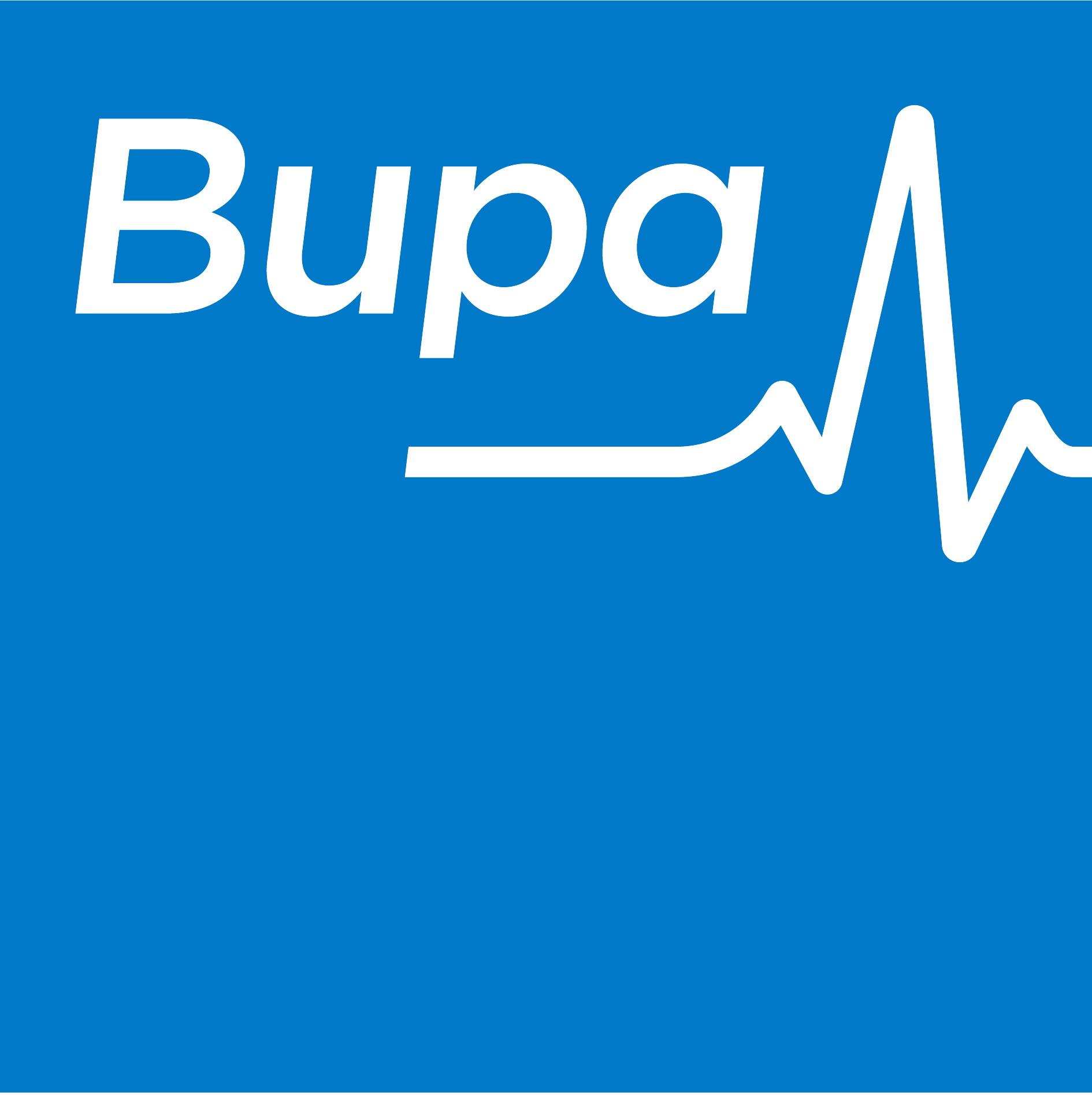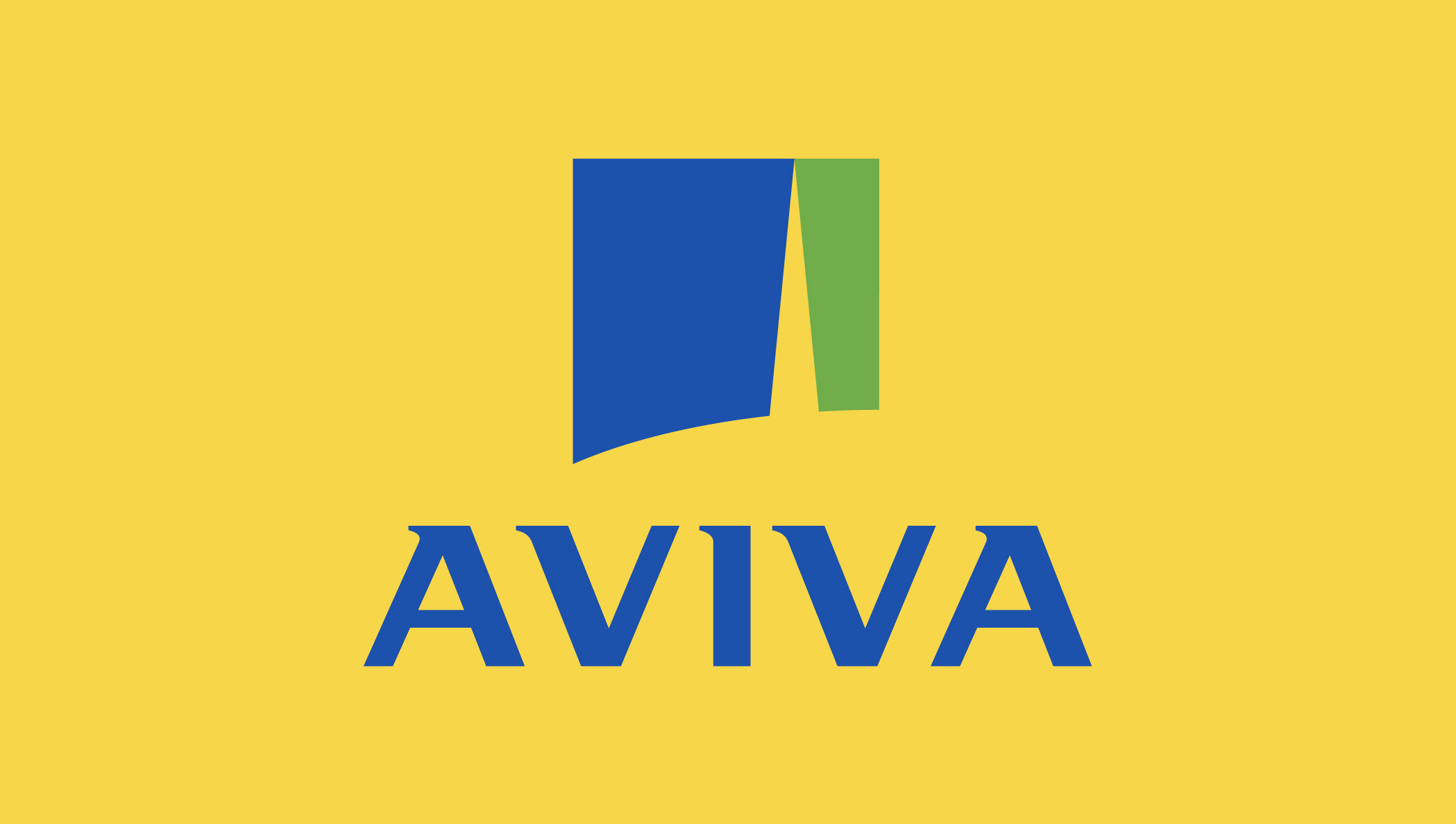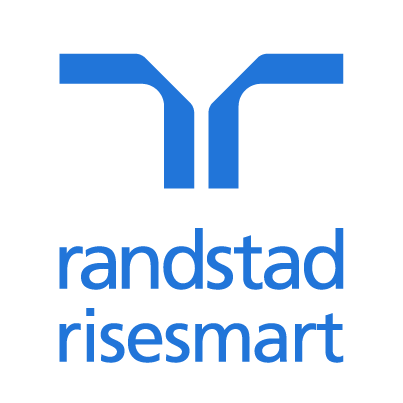Right now, there are plenty of issues for finance and HR to be concerned about. Rising costs for both employees and businesses are causing major problems, raising stress levels and leading to issues around wellbeing.
Staff may well be considering moving to better-paid jobs, leaving you with further concerns at a time when finding the best talent is already tricky, to say the least.
When you are facing such a wide range of issues, the last thing needed is problems caused by inefficient systems, be they internal or external. For example, some businesses are reliant on external accountants and are now looking to bring their payroll back in-house.
As a result, they are looking carefully at their internal systems to make sure they are fully compliant.
Wherever you are in the process, you really need events like the end of the tax year to go smoothly and efficiently. While it may be hard to concentrate on this single issue among all the others you are having to contend with, only by planning ahead will you be able to ensure that both the business and your employees get what they need from this essential process.
It is important to get it right the first time. HMRC takes a dim view of late submissions or errors - and fines could await a business for more than one misdemeanour.
Employees, too, expect a business to be able to address its tax issues efficiently. Right now, when every penny counts, mistakes threaten to add unnecessary additional costs. So getting it right the first time means one less thing to worry about.
However, get it seriously wrong and not only will HR and finance face unnecessary additional stress, but employees will be asking questions, too. If you can’t get this right, they may wonder, what else isn’t the business handling well?
Extra P45s come April are another worry everyone can do without, but you may have to if you fail to get things right straight away.
Why it pays to work better together
It’s clear then that by working together, both HR and finance can achieve the goals both sides share. It’s a common misconception that both departments are frequently seen as merely administrative. They’re far from that.
They share a wide range of strategic goals and objectives. HR might lead on recruitment, training and development, and reward and recognition, but it’s finance which has to plan the budgets which allow these goals to be delivered.
Both want employees to be paid on time and for the whole end-of-tax-year to go smoothly, but that’s because these are vital functions that, when carried out efficiently, allow HR and finance to then concentrate their energies on the longer-term objectives of the business.
A profitable business is one which works well, delivers efficiencies and operates without additional cost burdens. This results in employees who are committed and happy and therefore reduces staff turnover.
But while it’s easy to agree to those shared goals, it’s quite another thing to have access to the tools and technology which allow HR and finance to work seamlessly together. But it is possible.
Thanks to payroll software such as PayFit, you can enable both sides to plan ahead without the headaches caused by incompatible systems.
PayFit has been designed to be compatible with all the commonly available accounting and finance systems, such as Xero, as well as integrating with HR platforms like HiBob. In addition, PayFit is able to produce workplace pension files that are compatible with pension provider platforms. So collaboration comes naturally and easily.
That collaboration brings other long-term benefits, too. Not only do you meet all your compliance goals and targets without undue complications, but you also gain vital strategic insights from the data generated.
This offers you a significant opportunity to review the year just passed and to gain learnings and insights from this, which will drive even better decision-making and inform planning and forecasting for the year ahead.
Why you need to act now
The time to set all this in place is now. To gain the maximum benefit from solutions like PayFit you need to plan well ahead. You have the time now to be asking yourself questions and taking a good look at your existing systems. Do you have everything in place for the new tax year? If not, what’s missing, and how can you go about closing any gaps?
You have time now to book a demo, explore what’s out there, and ensure that the promises made are really achievable. It also gives both HR and finance time to sign off and embed the systems into your business, so when you’re ready to go live, everything is in place, and you’re up to speed when the day arrives to run those processes in real-time.
It’s time to make your New Year resolution of getting the tax year sorted a reality and look forward to next April with confidence, knowing that HR and finance have everything they need to deliver on that promise.
Rebecca Russell is a payroll expert at PayFit
Did this spark some thoughts? Want to discuss it with a payroll expert? Get in touch and PayFit will be happy to talk through your own situation and provide expert advice.


